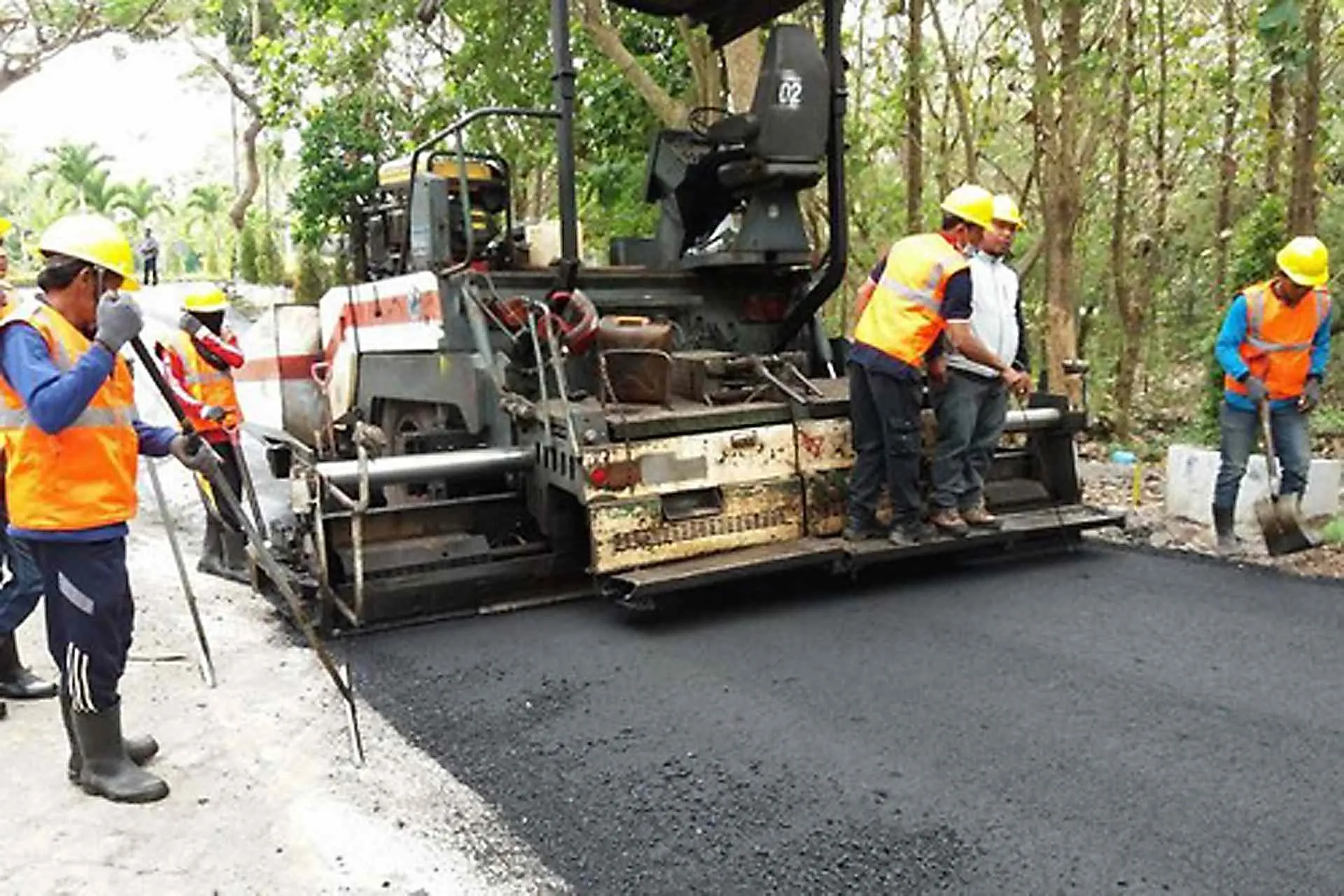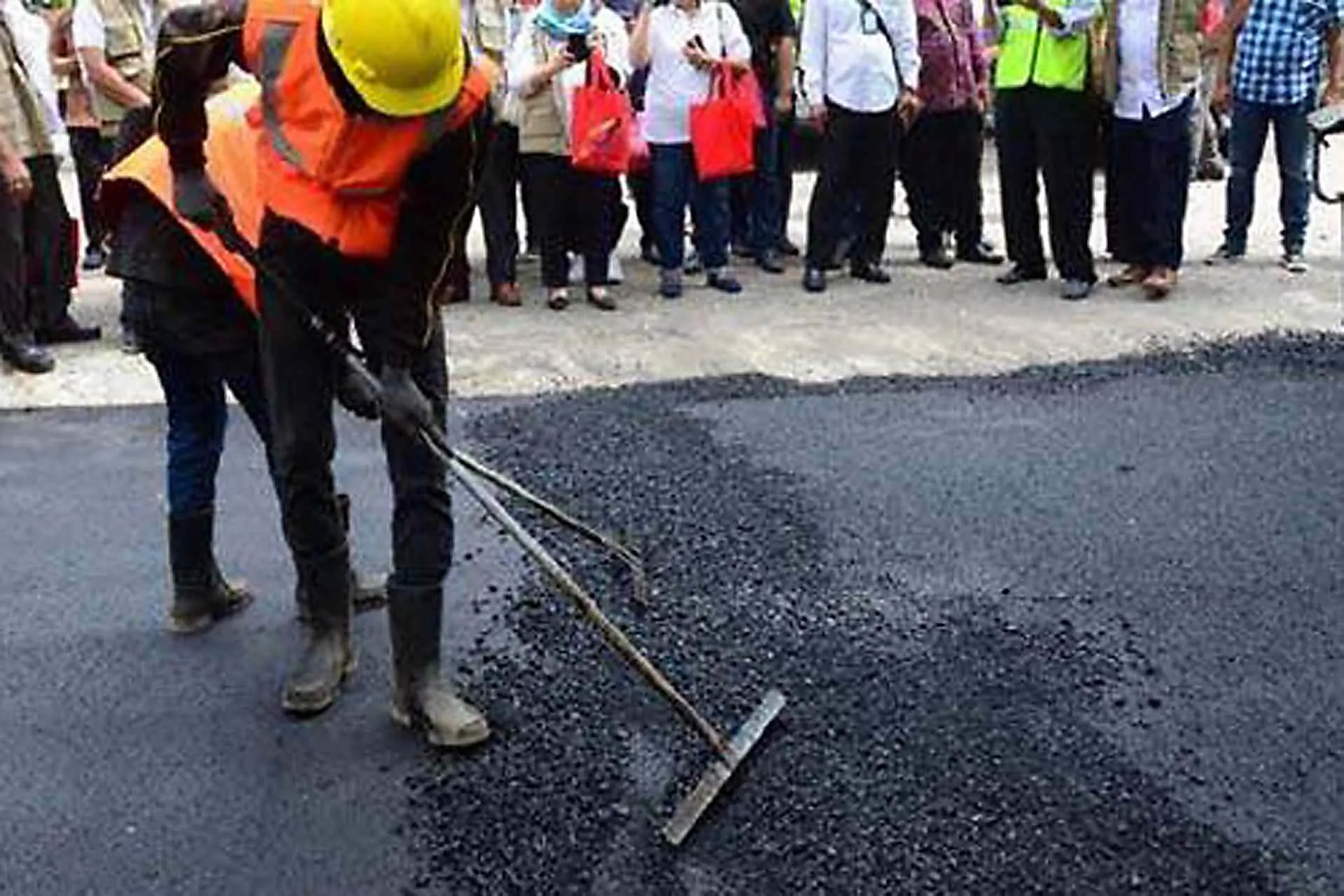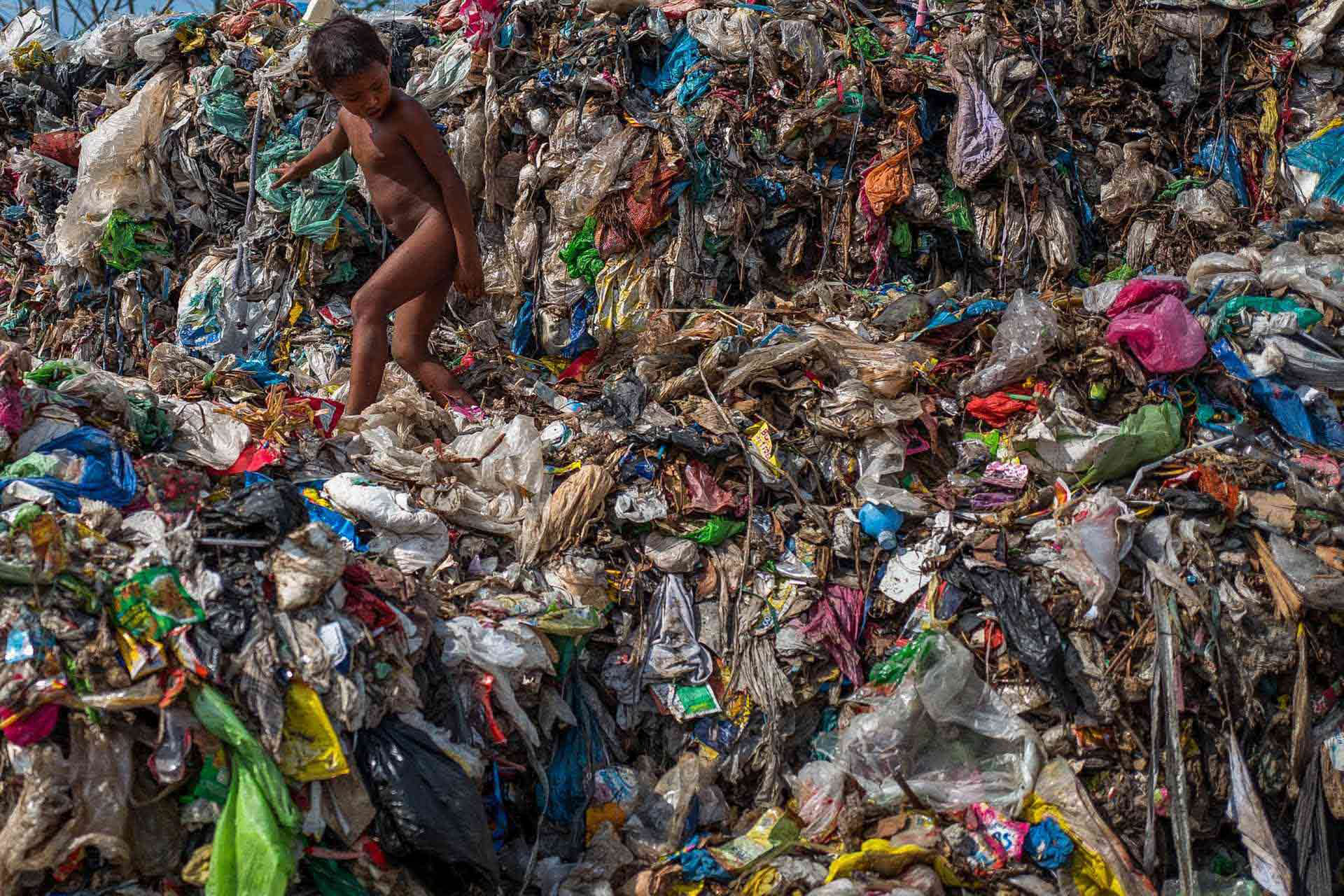Indonesia began to use plastic and rubber tires waste or a mixture of both for the asphalt material of the highway. The Research and Development Agency at the Ministry of Public Works and People’s Housing of Indonesia uses plastic waste as a road asphalt material.
”Our test results will be packed, especially our concerns, our experts use plastic and rubber. We have mastered the process,” Danis Sumadilaga, Head of Research and Development Ministry in Jimbaran, Bali
Asphalt-making technology using a mixture of plastic was first discovered by a chemical scientist from India, Rajagopalan Vasudevan, in 2015.
{% include ‘partials/image.html’, name: ‘name’, caption: ‘Asphalt-making technology using a mixture of plastic was first discovered by a chemical scientist from India’ %}
India has built a road along more than 25 thousand kilometers of asphalt made from plastic waste.
”We are standardizing this technology for implementation in Indonesia and have prepared modules for project implementers when building big or small roads,” Danis Sumadilaga
To this day people often bury or burn plastic and rubber waste causing soil and air pollution. Wastes buried in the ground will eventually carry water and enter the river and then carried into the sea in the form of micro plastic.

We are standardizing this technology for implementation in Indonesia
President Joko Widodo at the G-20 meeting in 2017 has expressed Indonesia’s commitment to reduce marine plastic waste by 70 percent by 2025.
At Udayana University in Denpasar, Bali, in 2017 the government tested a 700 meters of plastic and rubber asphalt.
”Every 1 kilometer highway with a width of 7 meters requires a mixture of plastic and rubber waste or both 2.5 to 5 tons.Think if the scheme was done in Indonesia that has a network of roads thousands of kilometers,” Danis Sumadilaga
The amount of plastic waste in Indonesia in 2019 is estimated at 9.52 million tons or 14 percent of the total waste. Estimated use of 2.5-5 tons plastic waste per kilometer of highway will supply the needs of highway material along the 190,000 kilometers each year.
”The initial stage is to educate the community,” Safri Burhanuddin, Deputy of the Coordination of Human Resource, Science and Technology and Maritime Culture of Indonesia
Asphalt produced by plastic and rubber waste material is more sticky when compared with conventional asphalt. The level of stability and resilience of the mixture increased 40 percent. The government has coordinated with the Indonesian Plastic Recycling Association in 16 major cities that will collect and sort waste.

Asphalt produced by plastic and rubber waste material is more sticky when compared with conventional asphalt.
Indonesia, with a population of 257.6 million, is the world’s second-biggest source of marine plastic waste.
The Bali Udayana experiment
Location:
• University Udayana, Jimbaran Bali
• Road besides Rektorat and Jalan Sri Ratu Mahendradatta
Length:
• Using plastic waste ± 600 m
• Without plastic waste as comparison road ± 100 m
Asphalt Mixing Plant (AMP):
• Batch type with capacity 800 kg per batch)
• Distance from location ± 40 km, with travel time ± 2 hours
